In this section, we discuss regarding Bentonite test for Piling, equipment and test procedure. Following bentonite, tests are carried out at the site to maintain the stability of the borehole for piling operation. Marsh Cone Viscosity, pH Value, Sand Content and Specific gravity (Density) tests are considered routine bentonite tests for piling work.
Marsh Cone Viscosity – Bentonite Test for Piling:
Marsh Cone Viscosity test is also known as the Funnel viscosity test. In this method, the obtained viscosity of bentonite slurry is not as accurate. For ease of construction work and quick results, we have carried out the Marsh Funnel Viscosity Test at the site. The test result gives us a tentative or partial indication of viscosity. It is a widespread bentonite test for piling work. Bentonite Viscosity Tolerances for Pile construction is 30-40second.
Equipment – Marsh Cone Viscosity Test for Bentonite:
- Marsh cone/funnel
- Graduated cup: one quart
- Stopwatch or wristwatch with second hand
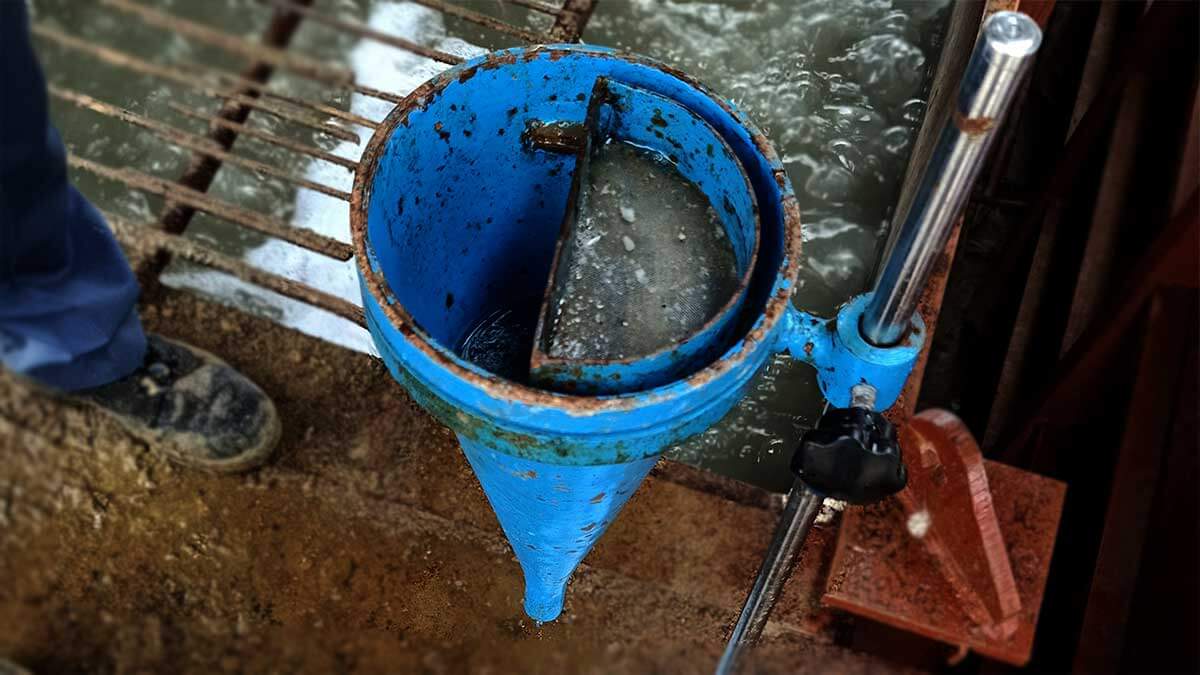
Also, Read: Bentonite Uses in Piling – Bentonite Slurry Preparation and Recycling
Bentonite Marsh Cone Viscosity Test Procedure for Piling Work:
- Take the bentonite sample at least two quarts (1.9 litres) in volume.
- Check Marsh funnel to be sure it is clean and that the outlet at the bottom of the funnel is immaculate throughout and free of obstructions.
- Hold the funnel upright and cover the bottom opening with the help of finger.
- Relieve the slurry sample slowly through the funnel’s screen.
- Fill until fluid touches the bottom of the screen.
- Hold filled funnel over the empty graduated cup resting on a platform.
- Remove finger and start timing. Measure the numbers of seconds required for slurry flowing from the funnel to fill the cup to the one-quart (946 cc) mark. This mark is shown as an ascribed line around the inside circumference of the cup.
- Note the time to the nearest second as Marsh Funnel Viscosity expressed as seconds.
pH Value – Bentonite Test for Piling:
Before using bentonite slurry for pile boring work, it is to check the pH value of the slurry. The pH level of bentonite slurry plays a significant role in borehole soil stabilisation. From the ”pH” value we can understand if the slurry is acidic or alkaline. A pH of around 7.0 is considered neutral, lower than 7.0 is acidic, and higher than 7.0 is alkaline. The suitable range of pH values for pile boring work is 9.5-12.0. It is a swift and effective bentonite test for piling in Bridge construction.
Equipment – pH Value Test for Bentonite:
pH indicator strips: non-bleeding, four-colour type. Range 0–14, resolution 1.0 pH unit.
Bentonite pH Value Test Procedure for Piling Work:
- Dip pH indicator strip into bentonite sample slurry to be tested.
- Immerse the indicator strip in the liquid for at least 10 seconds.
- Withdraw, the indicator strip from the liquid sample and compare its colours with the reference colours on the box in which the pH strips are packaged.
- Determine the pH value by matching the strip to the reference colours.
- Estimate pH value to nearest 0.5 pH unit by interpolating colours.
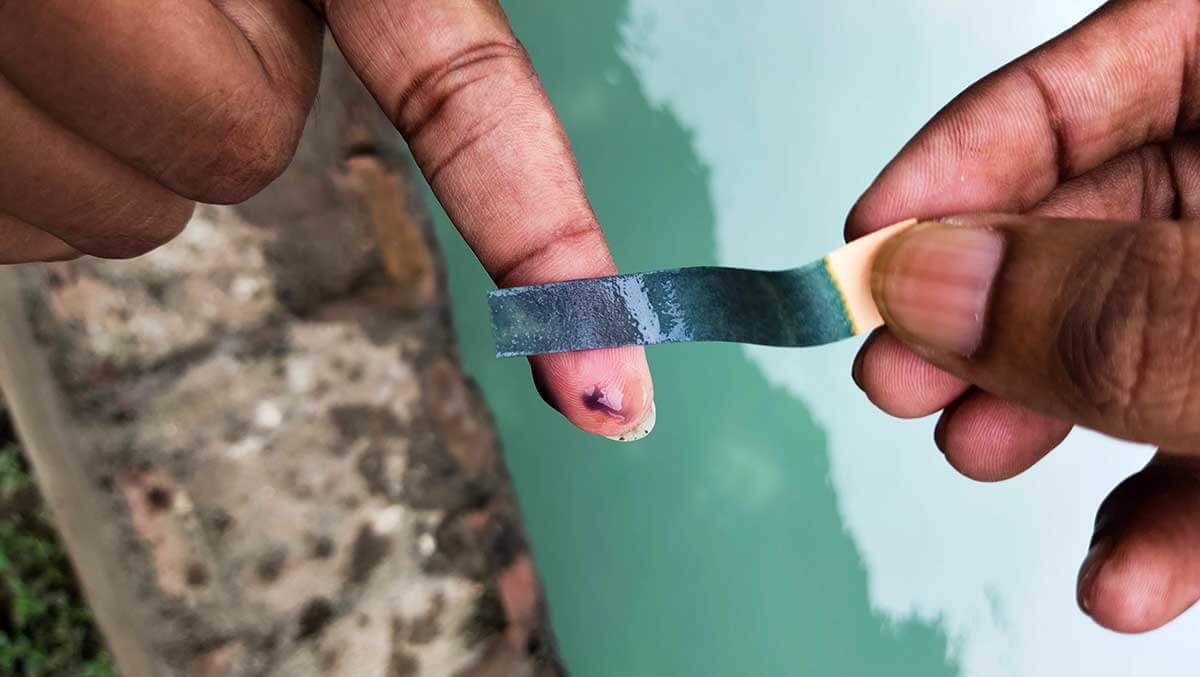
Also, Read: Construction of Pile Foundation by Direct Mud Circulation(DMC) method
Sand Content – Bentonite Test for Piling:
Sand Content Test is carried out at the site to determine the volume percentage of sand present in the bentonite slurry. Beyond the permissible tolerance limit of sand content present in the slurry can affect the drilling mud property. For bentonite slurry, sand content test plays a vital role in quality control for piling construction. The suitable range of sand content for boring fluid is below 2.5%.
Equipment – Sand Content Test for Bentonite:
- Sieve, 200-Mesh (75 µm),
- 2.5″ Diameter Funnel to fit sieve
- Graduated glass measuring tube
- Wash bottle or another type of spray bottle
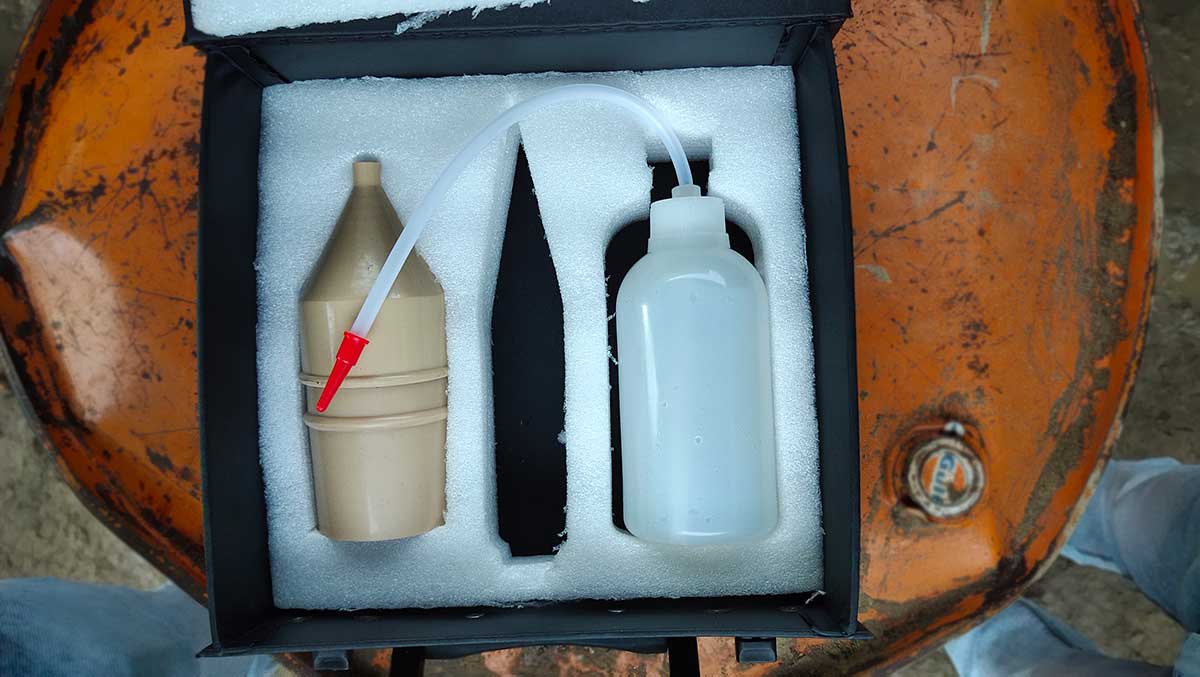
Also, Read: Tolerances for Foundation Piles – Important Guidelines
Bentonite Sand Content Test Procedure for Piling Work:
- Use a freshly-agitated specimen of bentonite slurry for the test.
- Fill the glass measuring tube with freshly-agitated bentonite slurry to the “mud to here” mark.
- Add water to fill to the “water to here” mark. Cover the mouth of the tube with thumb and shake quickly to mix the slurry and water.
- Pour the diluted bentonite slurry onto the clean screen.
- Discard the water with bentonite slurry passing through the screen.
- Add more water into the graduated tube, shake, and again pour onto the screen.
- Repeat the washing process until the tube rinses clean.
- Wash the sand retained on the screen to free it of any remaining silt or mud.
- Tapping the screen barrel helps the bentonite fluid to pass through the screen.
- Fix the funnel upside down over the top of the screener tube.
- Invert the funnel arrangement and insert the tip into the mouth of the graduated glass tube.
- Wash the sand into the tube by pouring water with the help of spray bottle through the screen.
- Allow the sand to settle down in the graduated glass tube.
- From the graduations marked on the tube, read the volume percentage of the sand.
- Report the sand content of bentonite slurry in volumetric percentage.

Also, Read: Lateral Load Test Pile – General Arrangement & Procedure
Specific gravity/Density – Bentonite Test for Piling:
The quality of pile drilling/flushing fluid, which is prepared after proper mixing and soaking of fresh bentonite, is directly related to its density. If the bentonite solution density is found on the lower side, then it can cause unexpected borehole collapse during pile construction. After the preparation of each batch of bentonite slurry, it is crucial to check the density to maintain the quality of work. The acceptable range of bentonite slurry density is 1.05-1.10 depending upon the foundation soil type. It is a prevalent bentonite test for piling work.
The test can be performed at the site using mud balance or by using the hydrometer. Mud balance results are more accurate than a hydrometer, but a hydrometer can give the result very quickly than a mud balance.
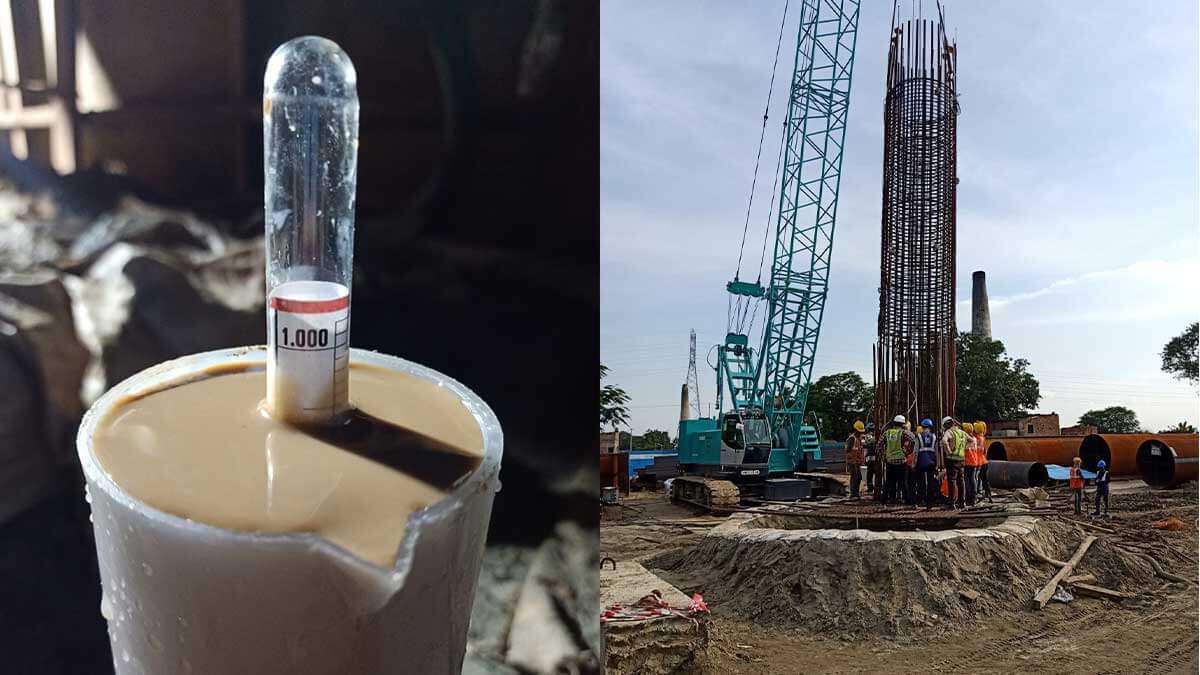
Also, Read: Construction of pile foundation by Rotary Method
Equipment – Specific Gravity Test for Bentonite:
- Mud balance with base and cap
Bentonite Specific Gravity (Density) Test Procedure for Piling Work:
- Set the balance and its fulcrum base on a level surface.
- Make sure the balance is clean and dry and free from any residue.
- Fill the clean, dry cup on the end of the balance with the bentonite slurry to be tested.
- Fill the cup until it overflows and put the cap on the filled mud cup after that rotate the cap until it is firmly seated.
- Make sure that some portion of slurry is expelled through the hole in the cap to free any trapped air.
- Hold the cap firmly on the mud cup (with the cap hole covered by a finger), wipe the outside of the cup and the entire balance clean and dry.
- Place the beam on the fulcrum base and balance it by sliding the rider along the graduated scale.
- Balance is completed when the bubble is under the centre line.
- Note slurry weight at the edge of the rider toward the mud cup.
- The balance has four scales: two on each side of the beam. Select the appropriate scale, which is grams per cm3 to report slurry weight in specific gravity.
Also, Read: Vertical Pile Load Test Procedure – Kentledge Method
Also, Read: SPT Test for Soil Procedure, Refusal Conditions & Correction
Also, Read: Plate Load Test for Soil – Procedure and Limitations




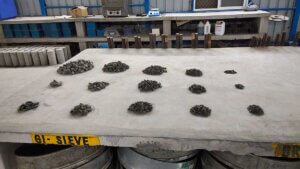
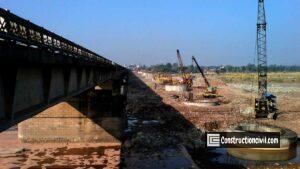
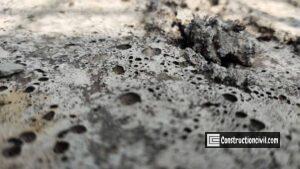
Hello I am a civil engineer from Algeria. I benefited a lot from the content you post, thank you white helmet.